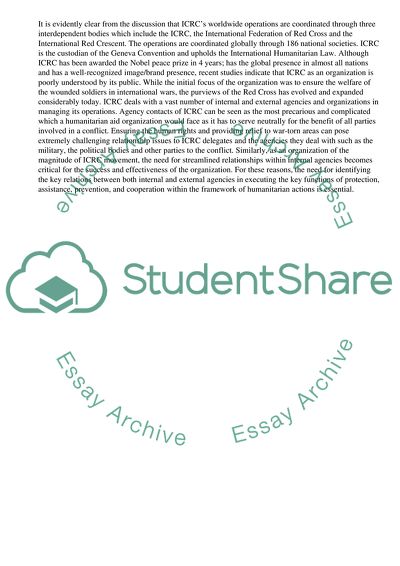Cite this document
(ICRCs Internal and External Relationships and Communications Case Study, n.d.)
ICRCs Internal and External Relationships and Communications Case Study. Retrieved from https://studentshare.org/management/1740263-international-committe-of-the-red-cross
ICRCs Internal and External Relationships and Communications Case Study. Retrieved from https://studentshare.org/management/1740263-international-committe-of-the-red-cross
(ICRCs Internal and External Relationships and Communications Case Study)
ICRCs Internal and External Relationships and Communications Case Study. https://studentshare.org/management/1740263-international-committe-of-the-red-cross.
ICRCs Internal and External Relationships and Communications Case Study. https://studentshare.org/management/1740263-international-committe-of-the-red-cross.
“ICRCs Internal and External Relationships and Communications Case Study”, n.d. https://studentshare.org/management/1740263-international-committe-of-the-red-cross.


